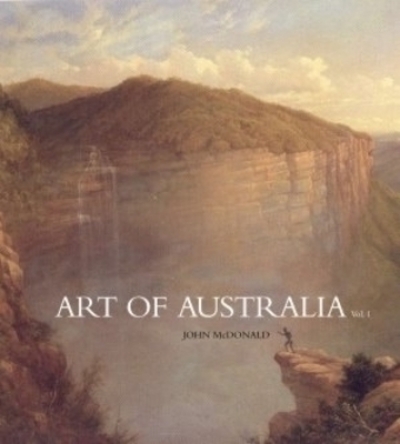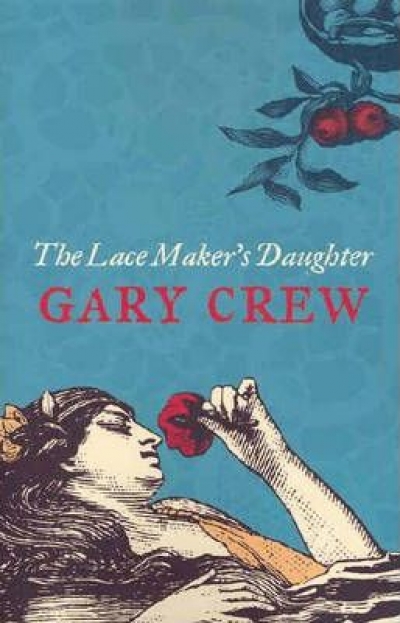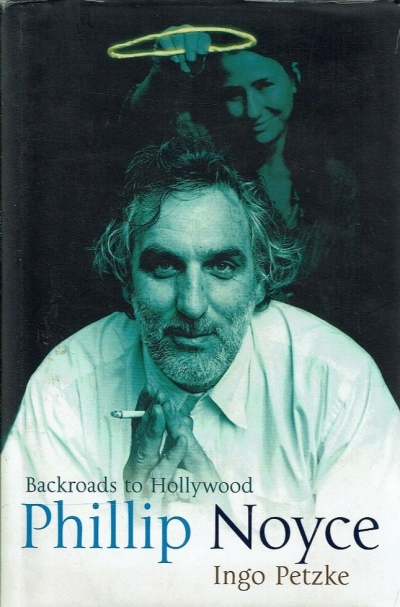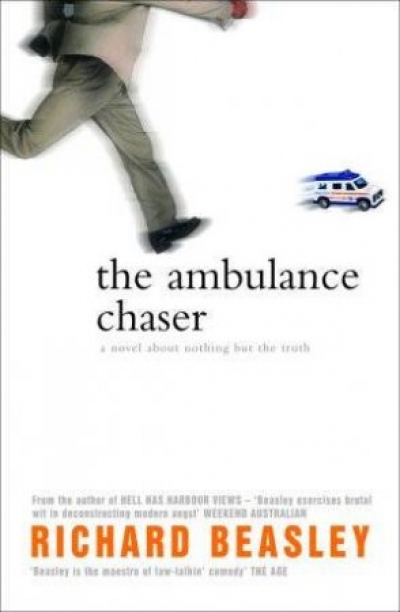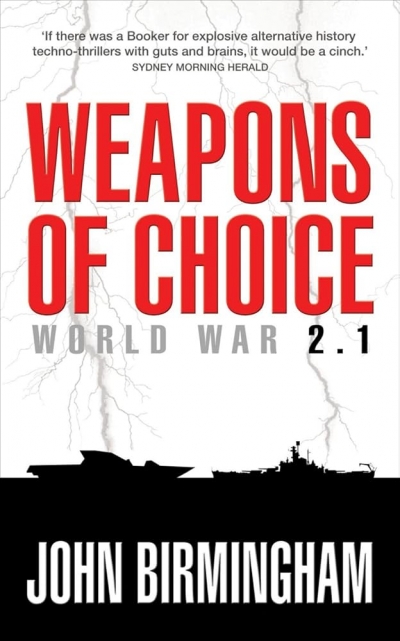Macmillan
The Art of Australia, Volume 1: Exploration to Federation by John McDonald
by David Hansen •
Encounters with Australian Modern Art by Christopher Heathcote, Patrick McCaughey and Sarah Thomas
by Daniel Thomas •
The Formalesque: A guide to Modern Art and its History by Bernard Smith
by Luke Morgan •
The Lace Maker's Daughter by Gary Crew & The Never Boys by Scott Monk
by Kevin Steinberger •
Dirt Cheap: Life at the wrong end of the job market by Elisabeth Wynhausen
by Mark Peel •
The Ambulance Chaser by Richard Beasley & The Naked Husband by Mark D'Arbanville
by Tony Smith •


